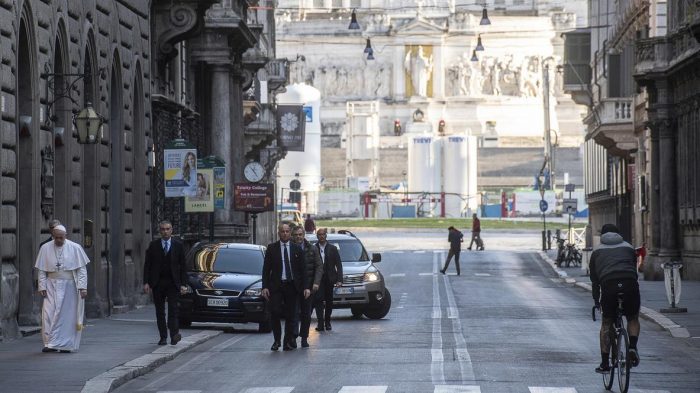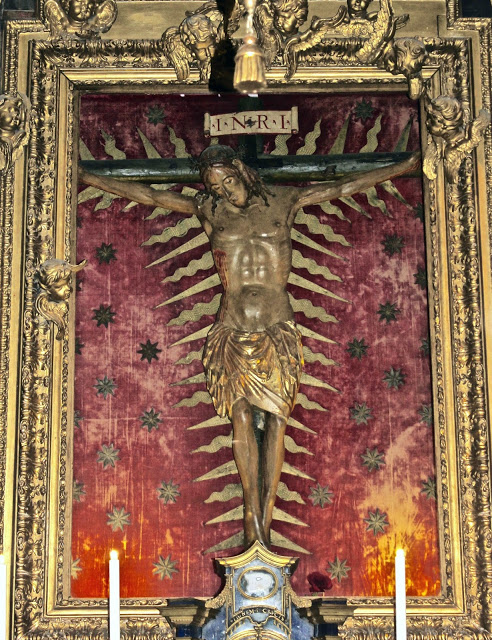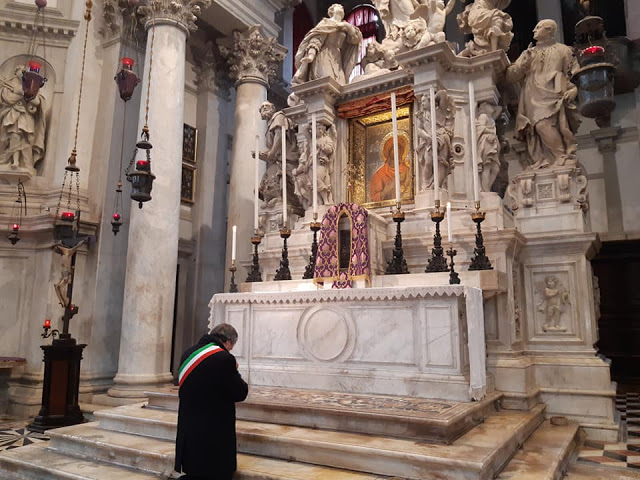Ikke første gang offentlige messer er blitt stoppet – eksempel fra USA
I dag leste jeg følgende hos Rorate Cæli:
Suspending public Mass is not new. In 1918, during the Spanish Influenza Epidemic, in the Archdiocese of Philadelphia, public Masses were suspended for a number of weeks in October 1918.
Philadelphia was particularly hard-hit by the Spanish Influenza of 1918. There was a public war-bonds parade at the beginning of October in which 200,000 people attended. Three days later, Spanish Influenza exploded in Philadelphia, and, within two weeks, 4,500 people had died.
Archbishop Dougherty suspended public Masses on March 4th (in accordance with the order of the Board of Health) and called upon the religious sisters to help care for the sick. He also encouraged the use of church facilities for the temporary care of the sick. The churches in the city of Philadelphia were not ordered to be locked and many remained opened for the faithful. Masses and public devotions including confessions were suspended, though. City churches reinstated confessions on Saturday Oct 26th with public Mass starting the following day, but in many rural churches the public celebration of Mass remained suspended until Nov 3rd.
Philadelphia was not the only city to close churches. A 2007 study looked at how 17 cities responded to the September – December 1918 Spanish Influenza Epidemic. The purpose of the study was to determine the effects of social distancing on the spread of the flu. The authors document 13 cities that curtailed church gatherings: Baltimore, Boston, Cincinnati, Cleveland, Indianapolis, Kansas City, Newark, New Orleans, Omaha, Pittsburgh, Seattle, St. Louis, and Washington DC.
During these difficult times in 2020, we should be aware that what we are experiencing is not totally new. As a devout Catholic, suspension of public Mass is a shock, but we should remember that the Church has been here before. Catholics can and should make acts of spiritual communion and pray with due attention. If the churches in your diocese are not locked, make a visit to the Blessed Sacrament and spend some time with Our Lord.





